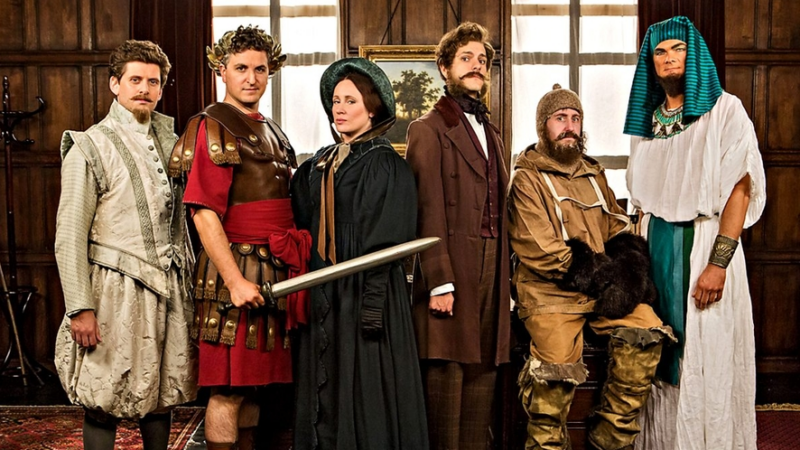TV & Showbiz
How one Manchester discovery paved the way for Robert J. Oppenheimer and Christopher Nolan’s epic new film
Look deep enough and you'll find there aren't many places this city's legacy doesn't reach.
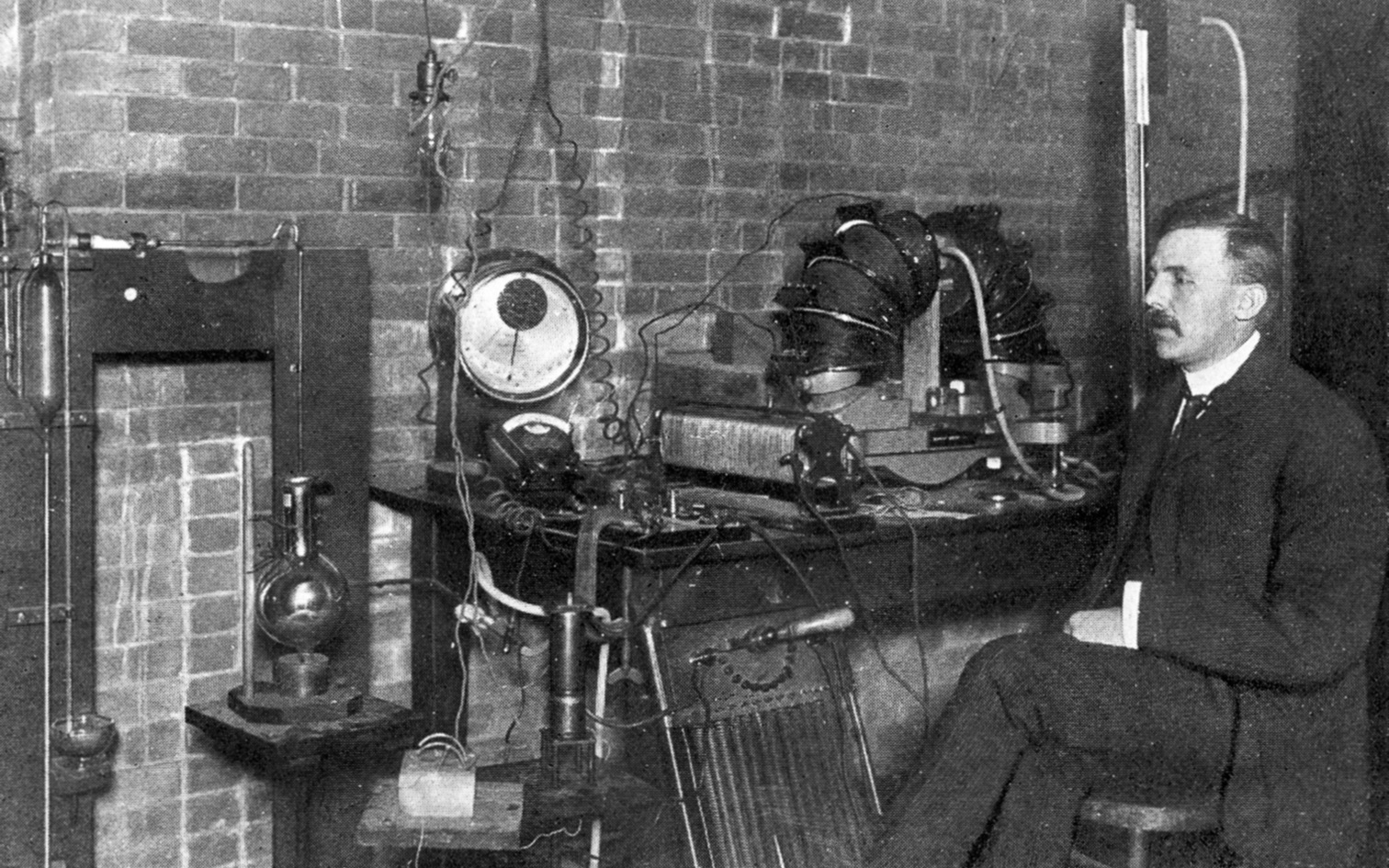
Friday, 21 July saw the release of 2023’s two biggest movies, Barbie and Oppenheimer, and while we can’t think of any obvious Manc links to the iconic children’s doll and Greta Gerwig’s cinematic take on it, there’s a very real connection between Manchester and Christopher Nolan’s new film.
In case you’ve been living under a rock, Nolan‘s new flick and three-hour-long epic revolves around the life and legacy of J. Robert Oppenheimer, a.k.a. the ‘father of the atomic bomb’, and how he changed the world forever.
A controversial figure in history, for sure, the American theoretical physicist was responsible for inventing the ‘A-bombs’ that were dropped on the Japanese cities of Hiroshima and Nagasaki in August 1945, and while they were initially intended to be used against the Nazis, that reality never came to be.
However, what Oppenheimer, the Manhattan Project team and the US government did may have never been possible were it not for the scientific discovery of the one man right here in Manchester.
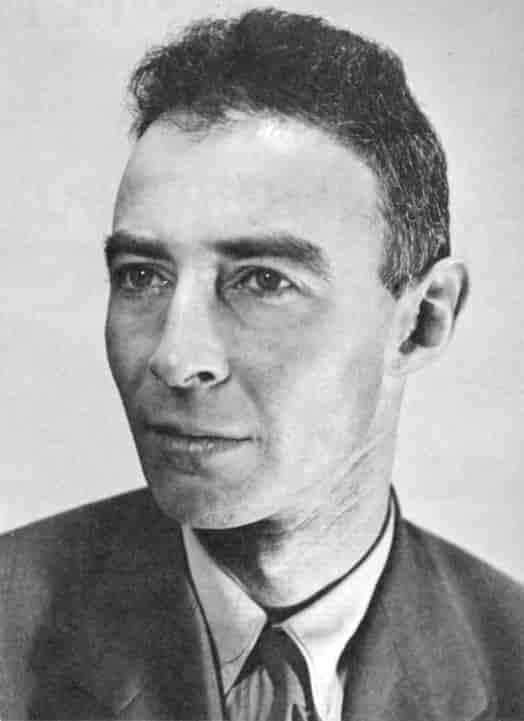
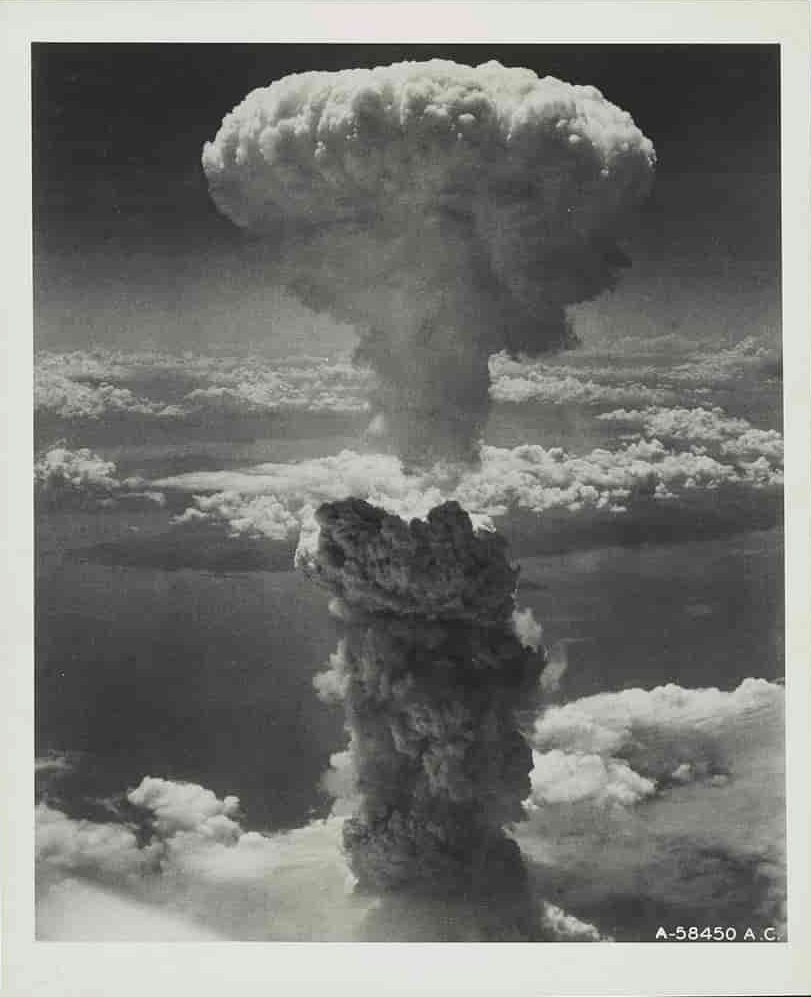
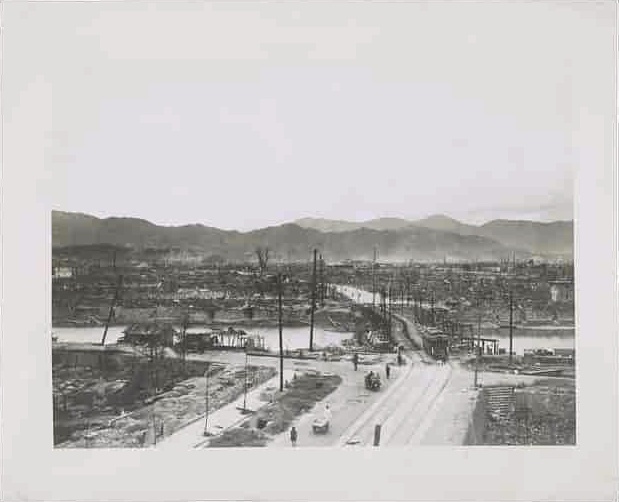
For anyone unfamiliar with the name Ernest Rutherford, two decades before Oppenheimer made his ground-breaking achievement, the physicist originally from New Zealand found himself researching radioactivity at none other than our very own University of Manchester.
Rutherford, who went on to become one of 25 Nobel Prize winners from UoM, became the first person to ever split the atom in 1917. He did this by “bombarding light atoms with alpha rays and changing nitrogen into oxygen”, creating a nuclear reaction that revealed a highly charged energy particle.
This proved to be the nucleus of a hydrogen atom and Rutherford had suddenly discovered the subatomic particles known as protons, taking the next step in completing the puzzle of the atomic structure: electrons, protons and neutrons — the lattermost was discovered by his workmate James Chadwick at Cambridge many years later.
So, even before he went on to become the second-ever person from the Manc institution to become a Nobel laureate for “the disintegration of the elements” (work which led to things like carbon-dating), Rutherford had already created the field we now know as nuclear physics.
Read more:
- Man United would never have existed were it not for a little girl and her love for a dog
- University of Manchester scientists claim ‘advanced aliens’ could soon detect life on earth
- Old footage of Salford slums being cleared and redeveloped in the 1960s enhanced with AI
Cut to 1938 and the experiments done by Manhattan Project brains of chemists Otto Hahn, Fritz Strassmann and physicists Lise Meitner and Otto Robert Frisch, nuclear fission had now been discovered and in ’39, when WWII had just started, Oppenheimer realised its destructive potential.
Seeing the obvious military applications, the greatest minds across Europe were put together to create a weapon capable of stopping Hitler and ending the war, choosing plutonium and uranium as the elements for weaponising nuclear fission — none of which could have been possible without Rutherford.
The war might have been drawing towards an end by the time Oppenheimer and co. created the first-ever atomic bombs, but nuclear energy as know it today may not have existed were it not for Ernest Rutherford and the work he carried out at the University of Manchester. No wonder he has a building and a plaque with his name on.
If you want to see what is being called a “devastating” tale of his life and the legacy he left behind, you can see you catch a very special version of Oppenheimer at the VUE Printworks now.
For all the latest news, events and goings on in Greater Manchester, subscribe to The Manc newsletter HERE.
Featured Image — Wikimedia Commons/Library of Congress/Universal Pictures





